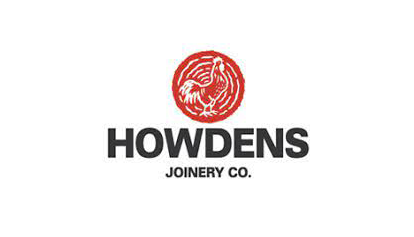
- Details
- Category: Blog
Problem Solving or Centres of Excellence, Which works best?
The main weakness with problem solving is that it is designed to start with a problem. What happens when you have something that works ok but could work better.
Meeting the challenge of introducing best practices, new products, technology and legislation means that the quest for excellence something that problem solving methodologies aren't well suited to deal with. These are areas which are well supported within a Centre of Excellence approach such as that provided by the TPM roadmap.
Furthermore even when there is a problem to solve, analysis shows that the countermeasures to over 80% of recurring problems involve 1. Fixing weak or missing equipment condition standards and 2. Improving the quality of work routines/skill development.
Getting these basic right is the solution to more than 8 out of 10 problems.
In other words, the route to resolution for most issues is not problem solving but dealing with weaknesses in inspection standards or skill/ knowledge development routines.
Problem solving is only useful for around 1 in 6 problems and then only as part a wider goal to be "the best you can with what you have."
Problem Solving Weaknesses
Perhaps the biggest weakness in the Problem Solving approach is its negative impact on culture. Take the following example of two similar companies.
Company A: Relies on Problem Solving.
Team leaders completed a "Green Belt" problem solving course and as part of that, each agreed a project to complete with their manager.
The training resulted in pockets of improvement for example, one of the team leaders, Paul, chose a problem around waste reduction. A project he could carry this out without impacting on day to day production. He identified how waste could be reduced, the solution was applied and gains were made but few noticed the impact and even fewer were motivated to replicate the approach elsewhere.
In some cases, the Green Belt projects were never completed due to short term time constraints or organisational changes.
Company B: Relies on Centres of Excellence
In this company team leaders worked together using the TPM roadmap to raise their teams ability to use data, improve asset condition and adopt a focussed improvement agenda.
This started with a hands on workshop around a pair of troublesome assets. During the workshop, a mix of Team Leaders, production and maintenance personnel applied the TPM Asset Improvement Plan to each asset to assess condition issues, gaps in best practice, improvement potential and an action plan to deliver that potential. That included the use of Lean thinking concepts to improve best practice standardisation, workflow and added value time.
During the workshop, action plans were developed for a pilot programme involving two of the Team leaders to firm up on how to improve the asset and prevent a recurrence of the issues identified during the workshop.
This involved launching small cross functional improvement teams to work on the issues identified during the workshop as a workplace learning project alongside their normal duties.
The Team Leaders mentored by their managers:
- Coached their teams through what they had learned in the TPM workshop.
- Captured the lessons learned as case studies and policy guidelines.
- Developed a practical roll out cascade to transfer those lessons to other areas.
For front line improvement teams, the outcome of the programme was an increase in skill and knowledge levels. A major part of which occurred by the team members learning from each other.
For team leaders and support functions, the outcome was the creation of an internal network of improvement leaders who worked together as a team to share ideas and create a powerful consensus for change and improvement.
For the business the outcome was a steady rise in effectiveness, capacity and flexibility to shifts in demand.
The Improvement Leader Network Community
Michael Jordan makes the point: “Talent wins games, but teamwork and intelligence win championships.”
Clearly not everything from the sports field translates into the business world there is a clear parallel between winning championships and delivering a winning business performance. Something that is backed up by research which indicates that in business, a team is around five times more effective than an individual at raising performance.
Successful organisations are made up of multiple teams across organisational levels. Some, such as functional heads, team leaders, planners and CI facilitators seldom work alongside each other yet business success depends on the quality of their collective leadership.
The Centre of Excellence approach is a vehicle to develop this improvement leader community into linked, collaborative all star teams (rather than teams of all stars) by providing:
- Alignment on direction, where there is a shared belief about what the company is striving toward and the role of the team in getting there.
- High-quality interaction, characterised by trust, open communication, and a willingness to embrace conflict.
- An environment in which team members are energised because they feel they can achieve something that matters
In company B, the improvement leader network community continued to work together to raise standards, improve the quality of work instructions and systematically remove trouble hot spots.
That encouraged their direct reports and colleagues to get involved and which began to generate other ideas to create an improvement pull and year on year improvement in performance.
For more information about creating Centres of Excellence click here








